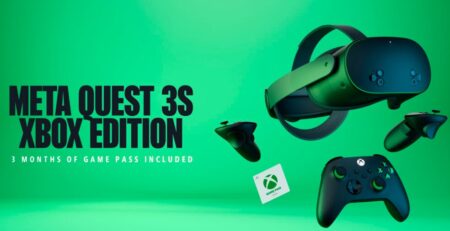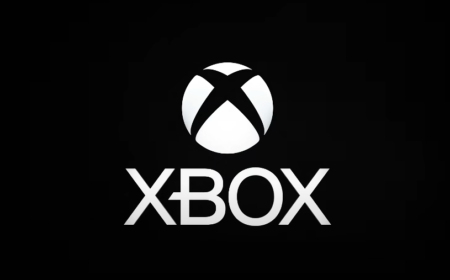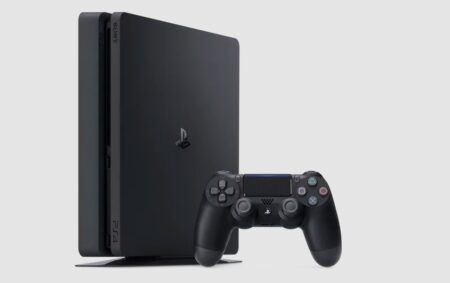I’ve been watching Microsoft’s recent moves in the gaming space, and they’re raising serious questions about the future of Xbox consoles. This month brought news of several major partnerships that have many industry watchers wondering if we’re seeing the beginning of the end for traditional Xbox hardware.
The company announced deals for the ROG Xbox Ally, a Meta Quest 3S Xbox Edition, and secured a multi-year partnership with AMD. These moves represent a clear shift in strategy, but the direction isn’t entirely clear yet.
The ROG Xbox Ally stands out among these partnerships because it’s essentially a portable PC running Windows. Players can access games from multiple digital stores, including Steam, not just Xbox’s ecosystem. This flexibility makes it more than just another Xbox device – it’s a full computing experience in handheld form.
Laura Fryer, who worked at Microsoft Game Studios from its early days, recently shared her thoughts on these developments through her YouTube channel. During her time at Microsoft, she produced several major titles including the original Gears of War series and led the Xbox Advanced Technology Group. Her career also included leadership roles at WB Games Seattle and Epic Games Seattle after leaving Microsoft in the late 2000s.
Industry Veteran Raises Concerns About Xbox Direction
Fryer expressed disappointment about the current state of Xbox, particularly regarding what she sees as Microsoft’s retreat from hardware manufacturing. She views the ROG Xbox Ally partnership as evidence that Microsoft may be planning a gradual exit from console production entirely.
“I’m not pleased about the current situation,” Fryer explained in her video. “It appears Xbox either doesn’t want to create hardware anymore or simply can’t do it effectively. This partnership looks like the start of a slow withdrawal from hardware manufacturing.”
She believes the ‘Xbox Anywhere’ marketing campaign lacks real substance and serves mainly as a way to push consumers toward Game Pass subscriptions. The recent $80 price point for Outer Worlds 2 seems to support this theory, potentially making Game Pass appear more attractive by comparison.
Fryer acknowledged that Xbox maintains a strong catalog of older games and can continue generating revenue through remasters and rereleases. The recent Oblivion remake achieved considerable success, demonstrating the value in this approach. However, she questions the long-term sustainability of relying primarily on legacy content.
Questions About Long-Term Strategy Remain
The fundamental concern centers on innovation and new game development. While Xbox continues producing some original content like Clockwork Revolution, the quantity and impact of new titles remains questionable compared to previous generations.
Microsoft has been expanding its multiplatform approach, releasing many first-party games on PlayStation 5 either simultaneously with Xbox versions or shortly after. This strategy broadens their audience but potentially reduces the appeal of owning Xbox hardware specifically.
Despite these concerns, Microsoft has confirmed plans for next-generation Xbox consoles to follow the current Series X and S models. However, future devices might follow the ROG Xbox Ally model more closely, blending console and PC functionality.
Sarah Bond, Xbox president, recently emphasized Microsoft’s collaboration with the Windows team to establish Windows as the primary gaming platform. She outlined their vision: “play the games you want, with the people you want, anywhere you want.”
This vision includes investment in multiple hardware categories: traditional consoles, handheld devices, PC integration, cloud gaming, and accessories. The approach suggests Microsoft wants to capture gaming across all possible platforms rather than focusing exclusively on console sales.
The strategy makes business sense from Microsoft’s perspective. Game Pass subscriptions provide recurring revenue, while hardware sales typically operate on thin margins. By expanding to multiple platforms and partnerships, they can reach more players without the costs and risks of traditional console manufacturing.
The Road Ahead for Xbox
The gaming industry continues changing rapidly, with cloud gaming, mobile platforms, and cross-platform play becoming increasingly important. Microsoft’s approach positions them to adapt to these trends, but it also represents a fundamental shift from their original Xbox strategy.
The 25th anniversary of Xbox arrives next year, which may bring clarity to their long-term plans. Until then, gamers and industry observers will continue watching for signs of where Microsoft intends to take the Xbox brand.
The success of this strategy will ultimately depend on execution and market response. If Microsoft can maintain strong game development while expanding their platform reach, they might achieve their goal of universal gaming access. However, if they lose focus on creating compelling new content, even the best distribution strategy won’t guarantee long-term success in the competitive gaming market.





